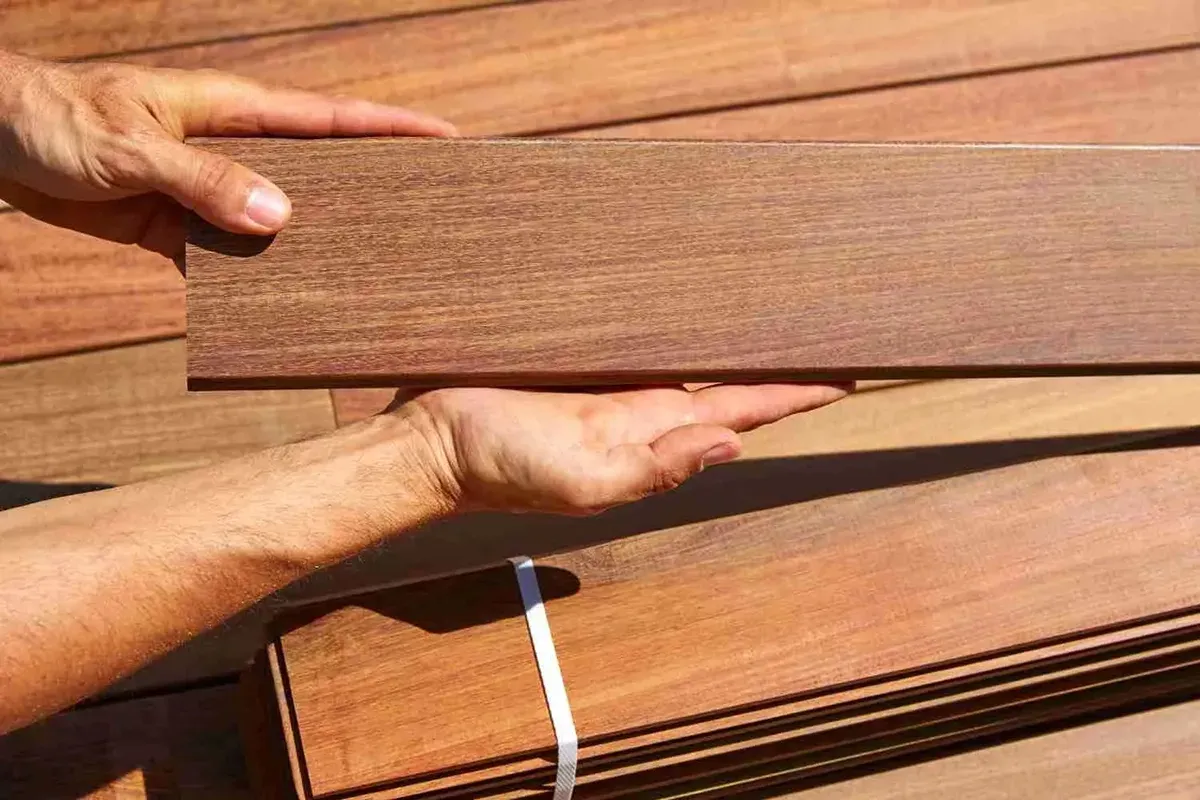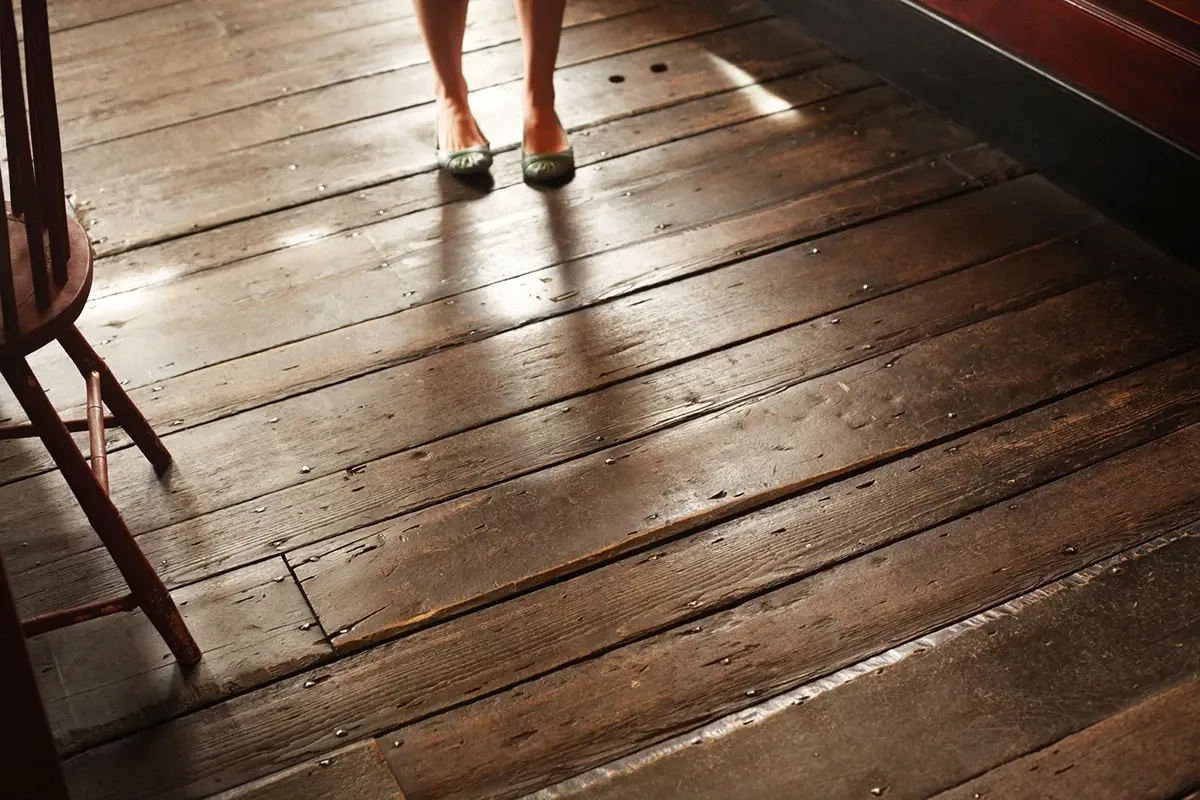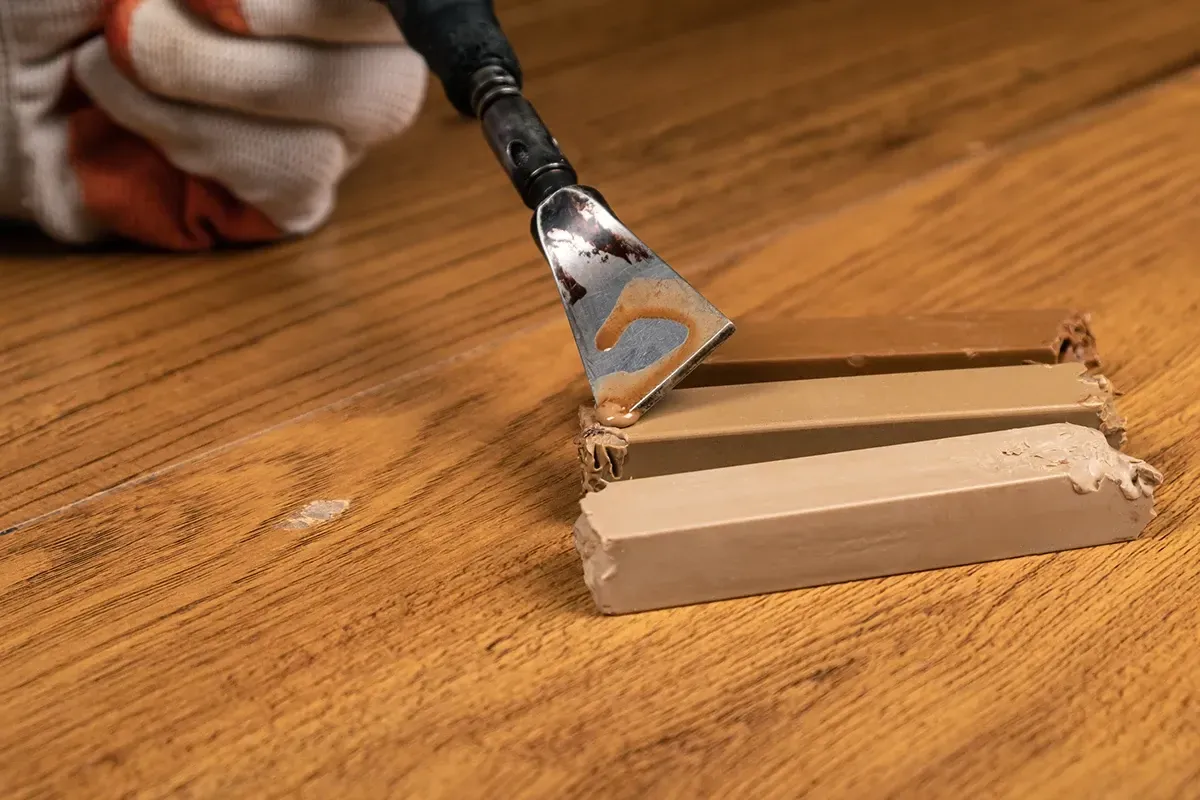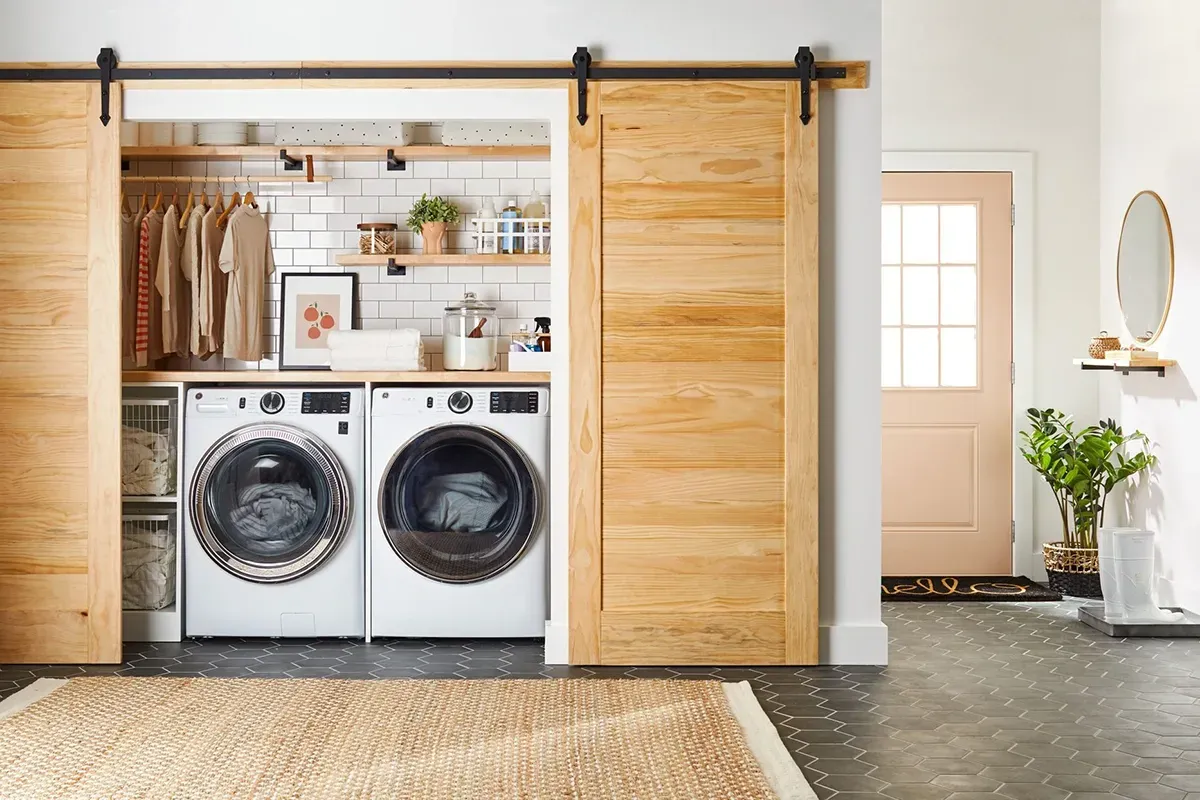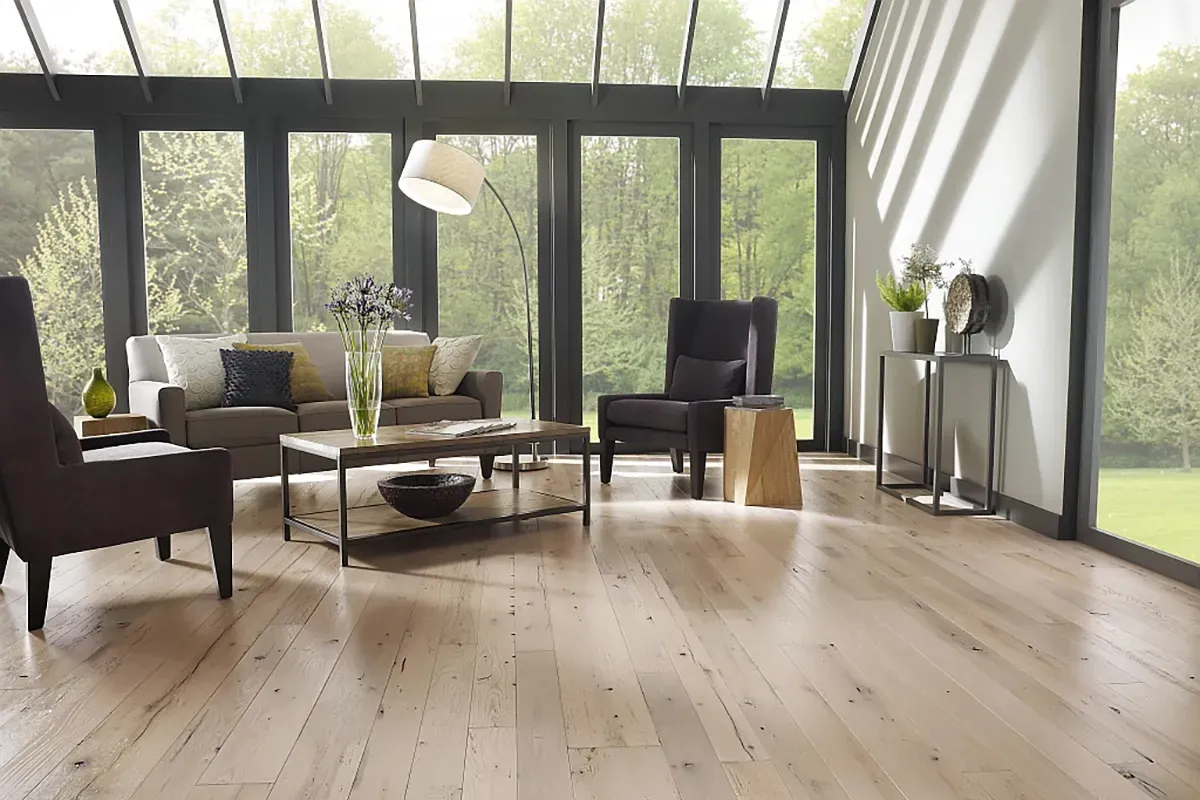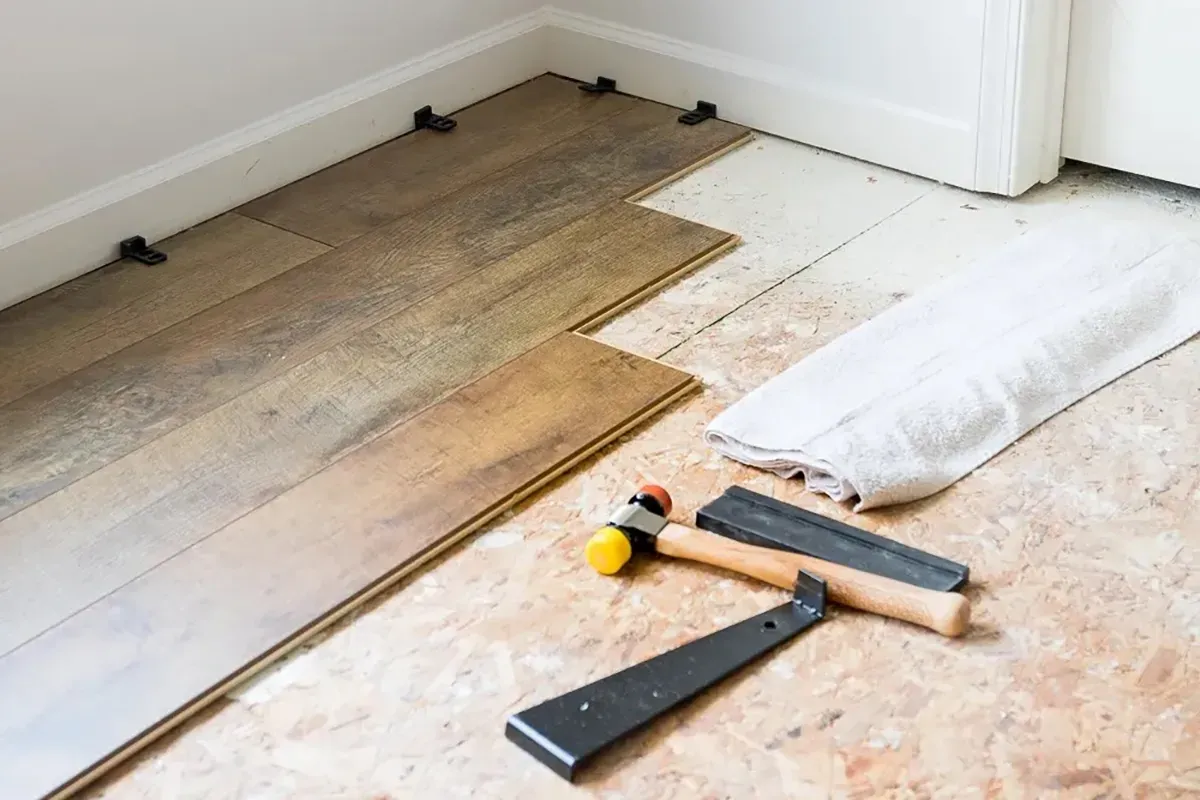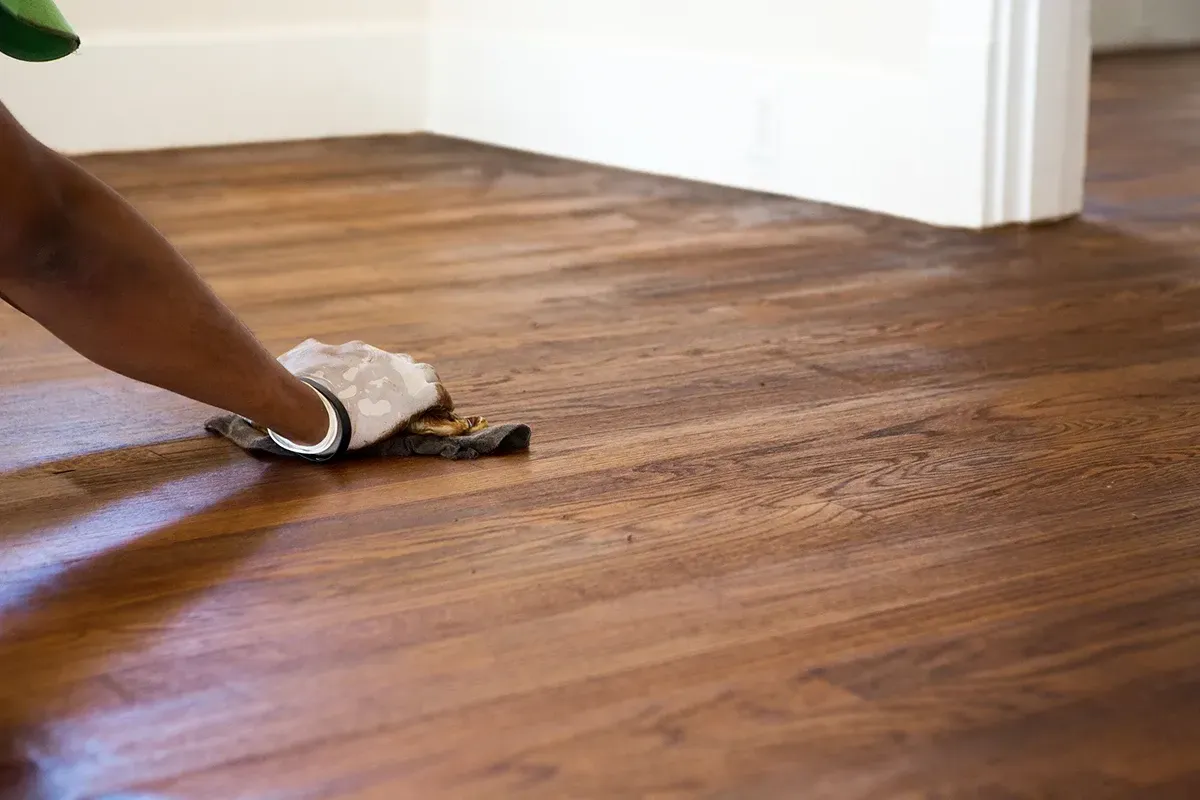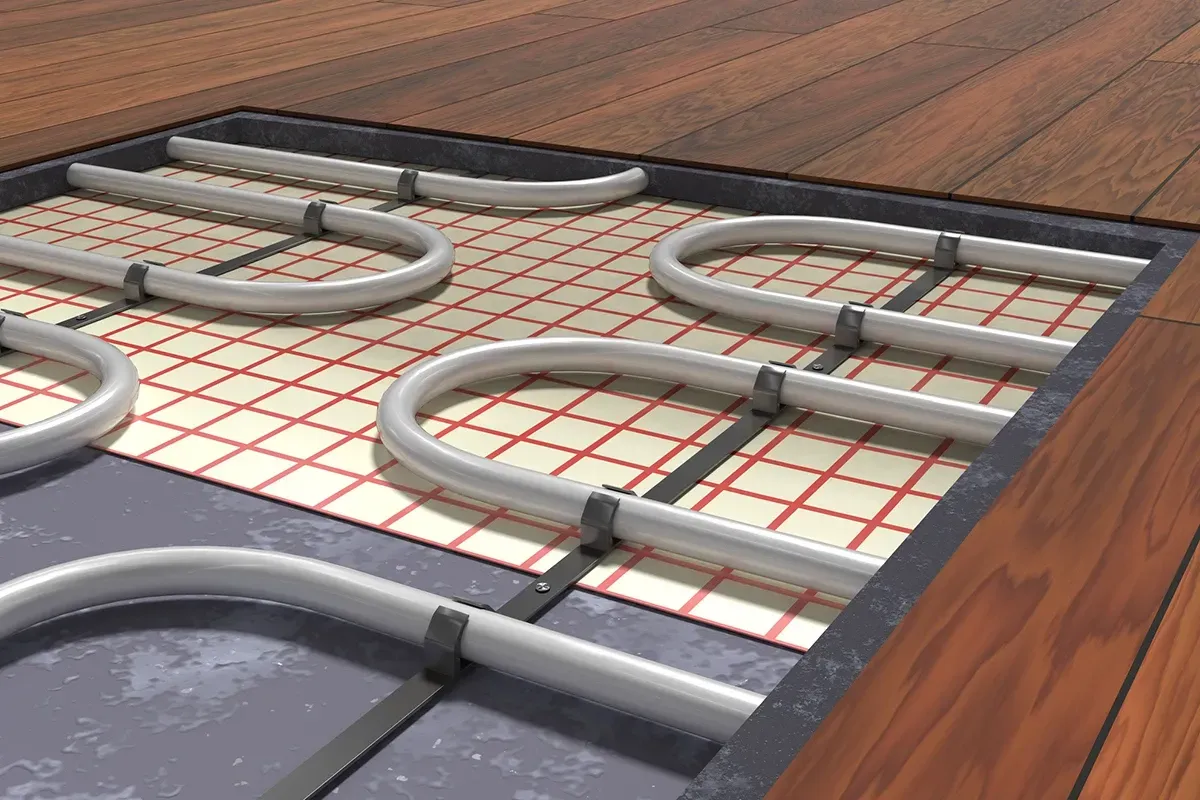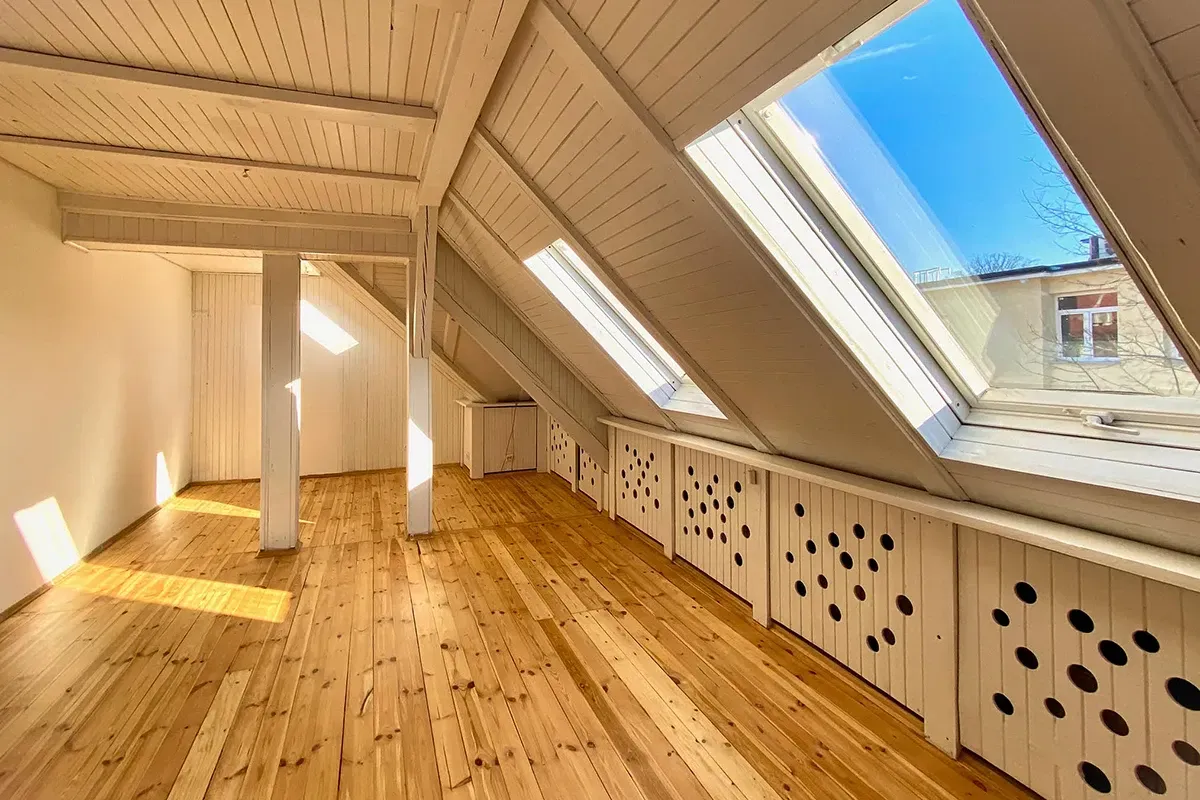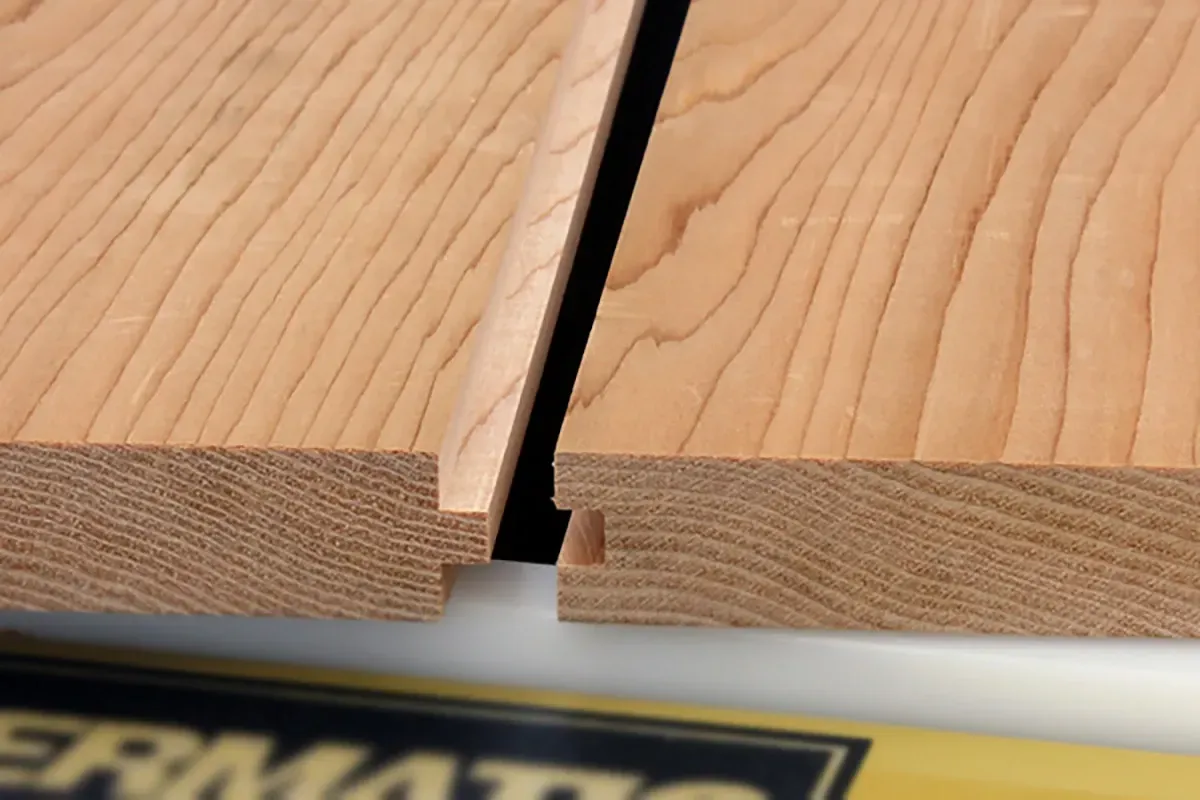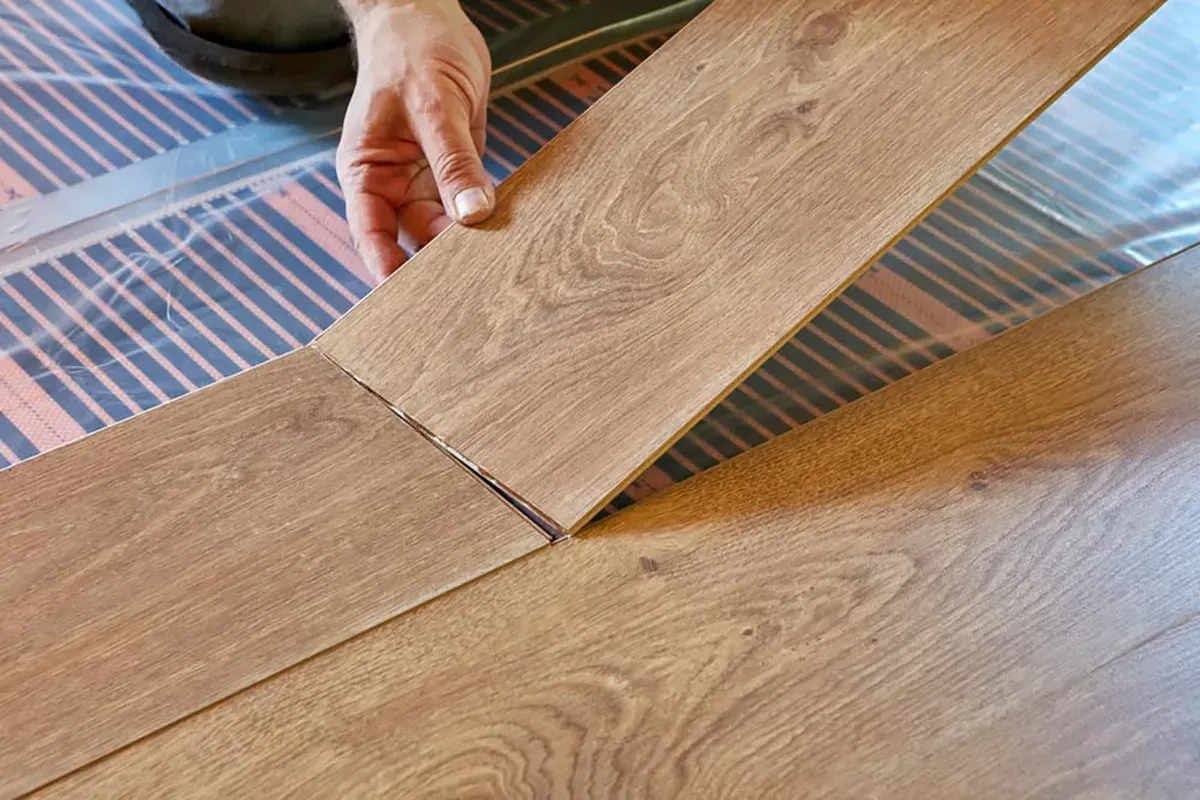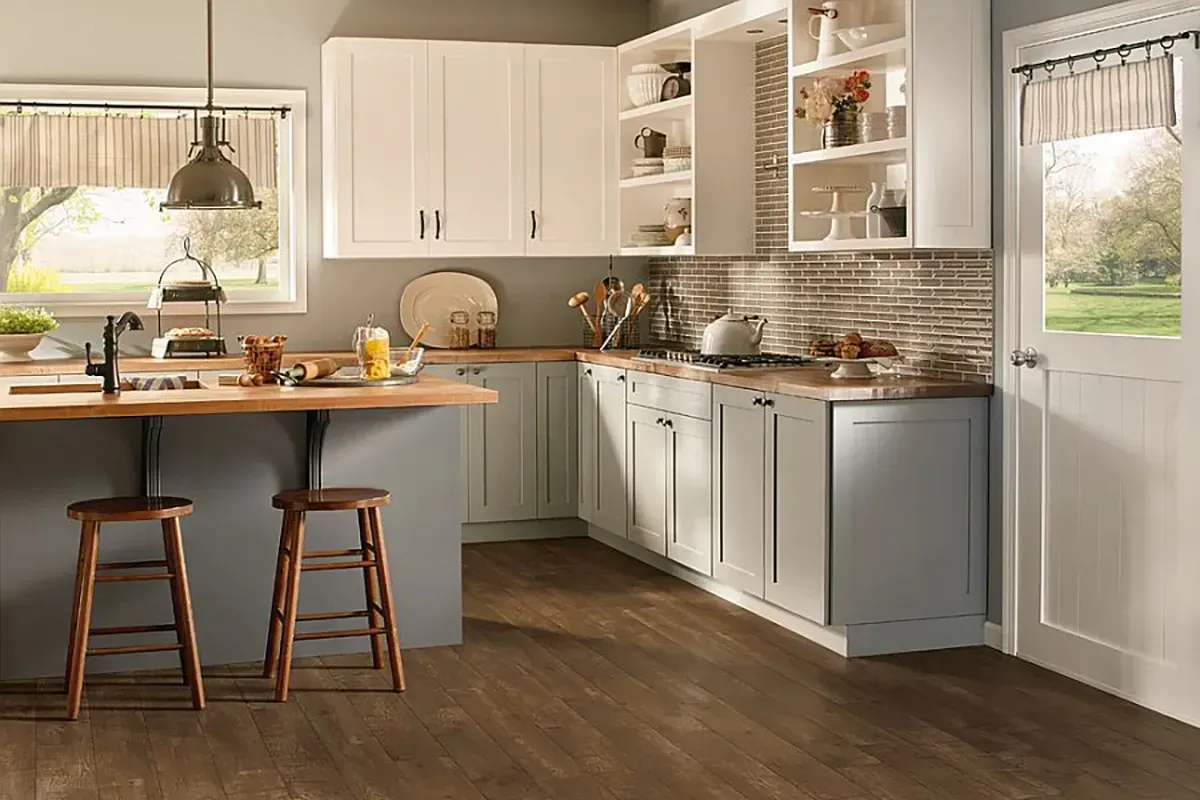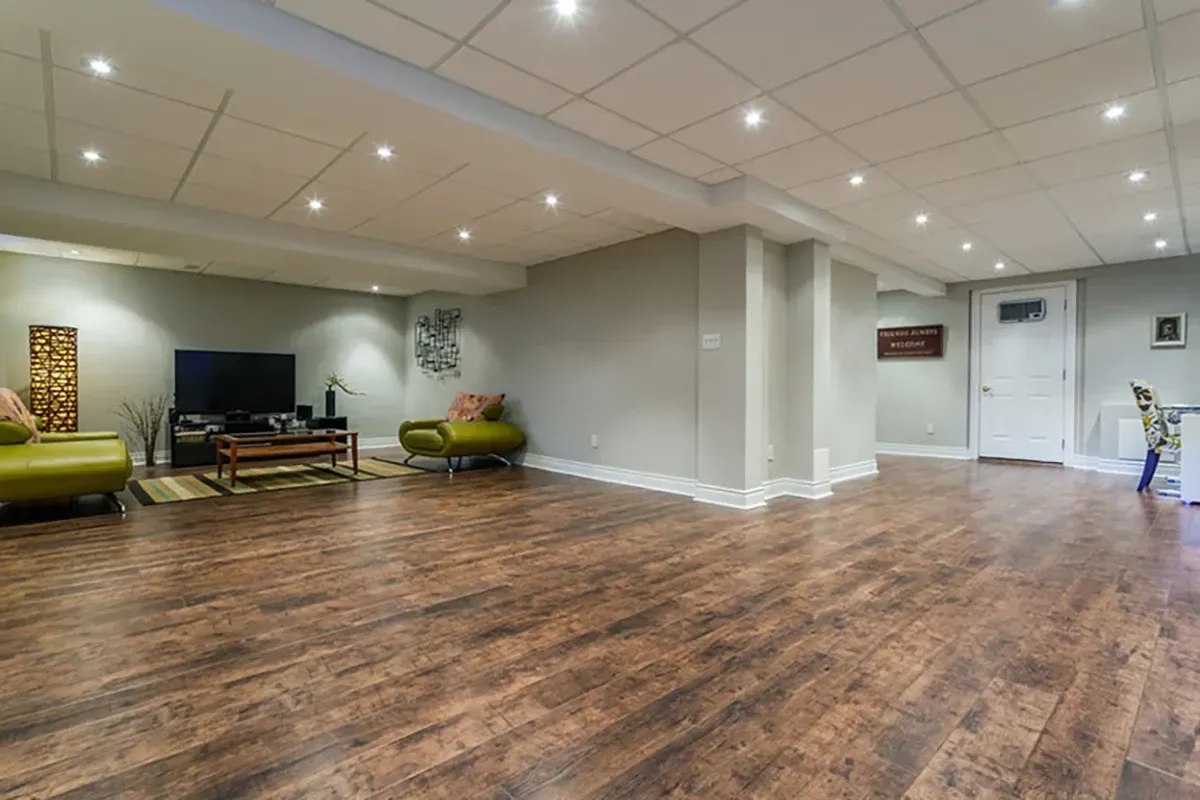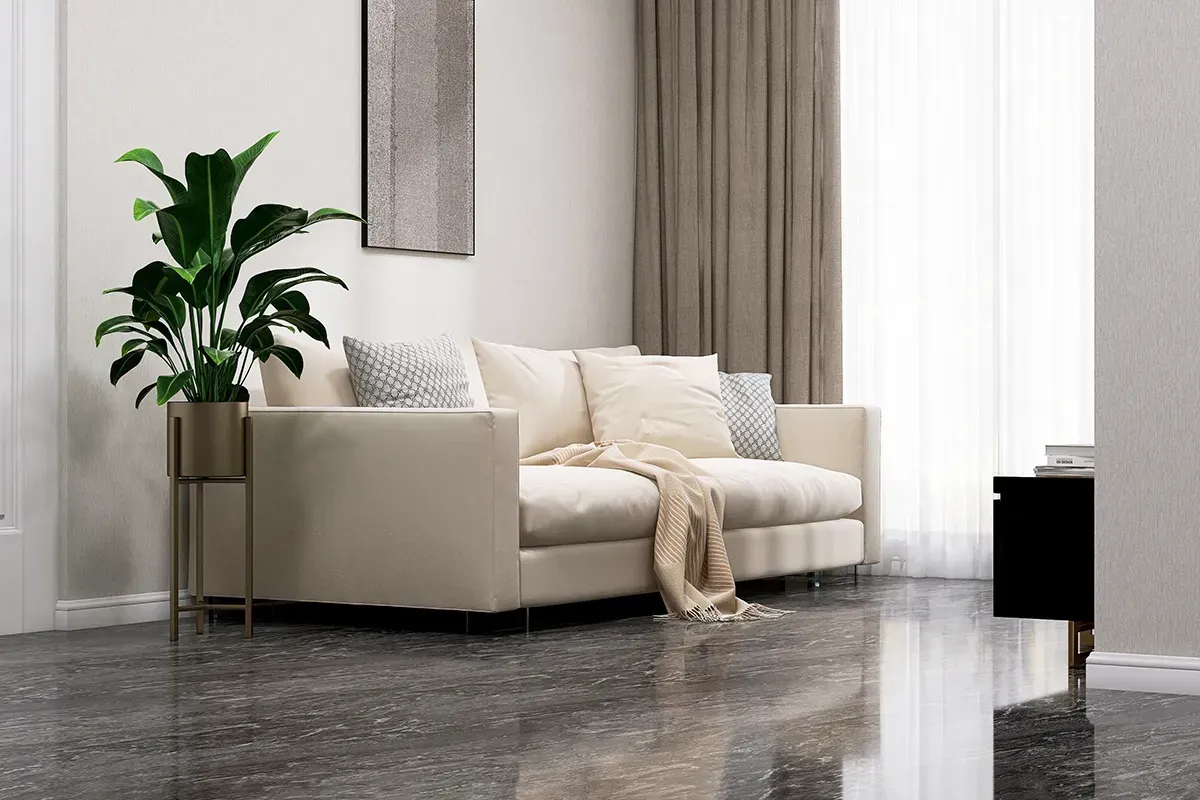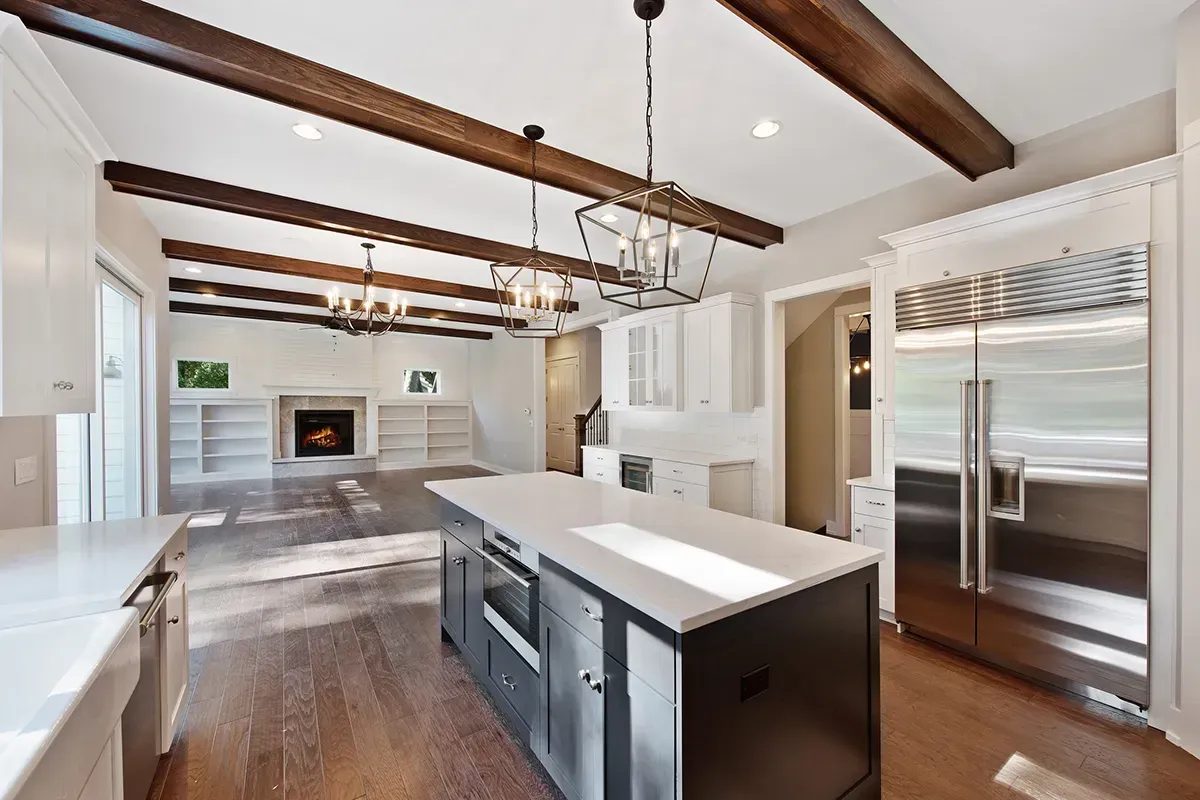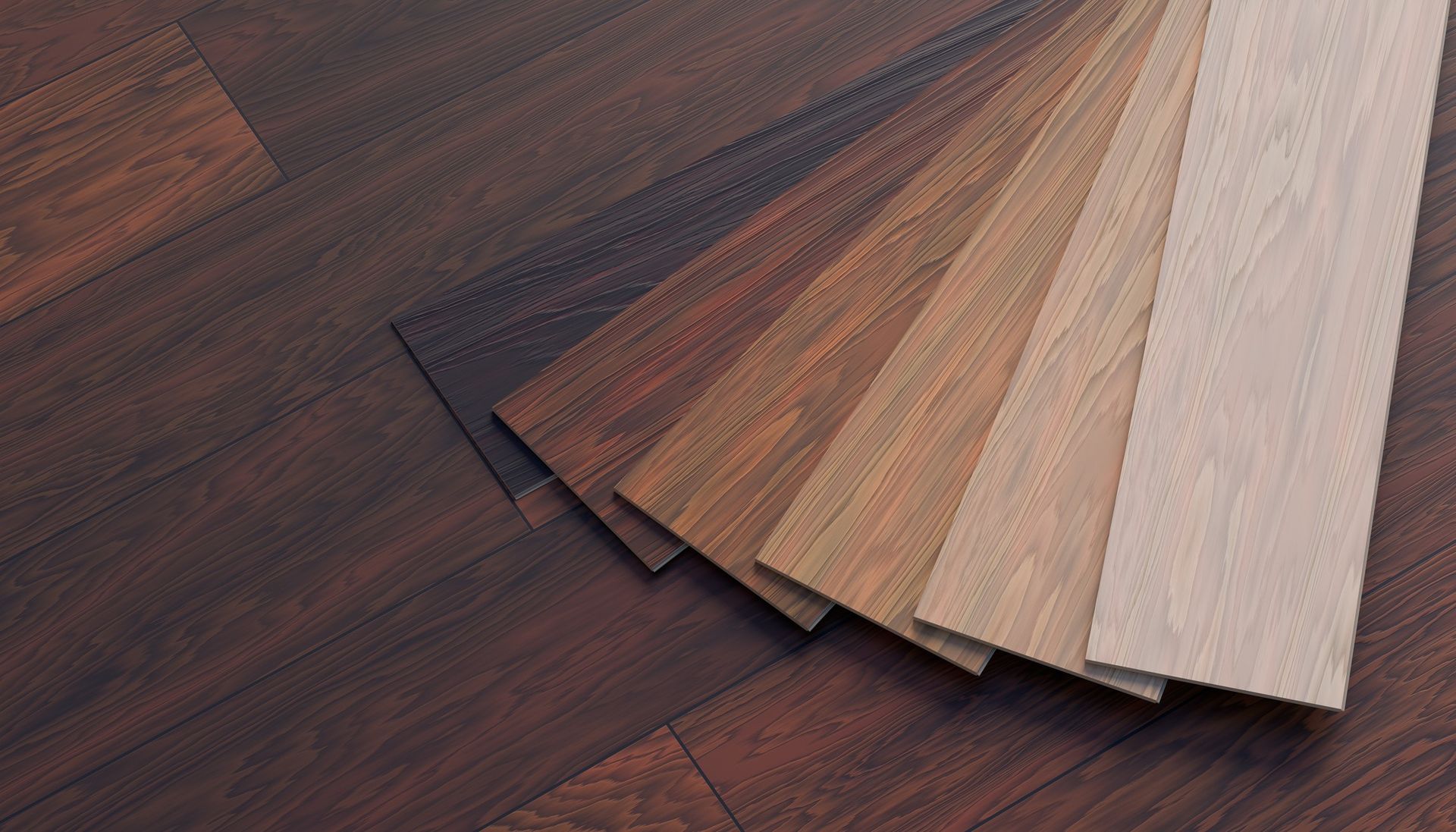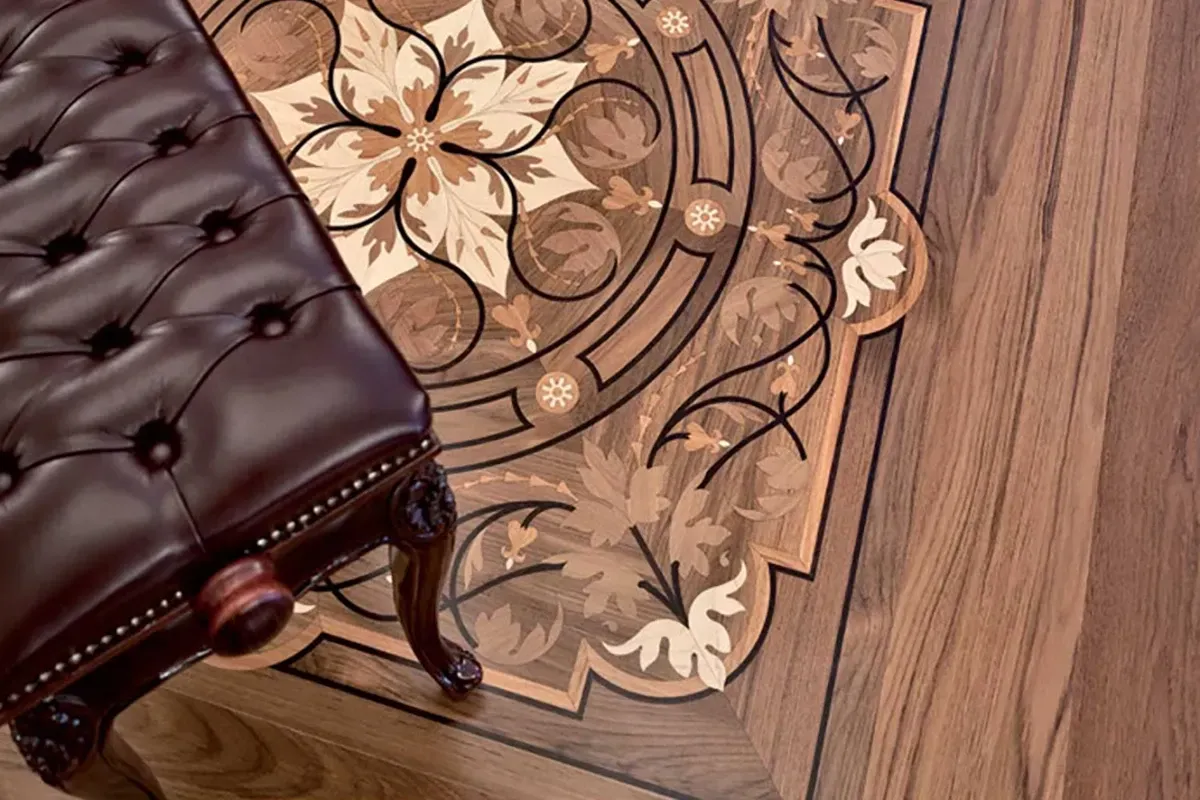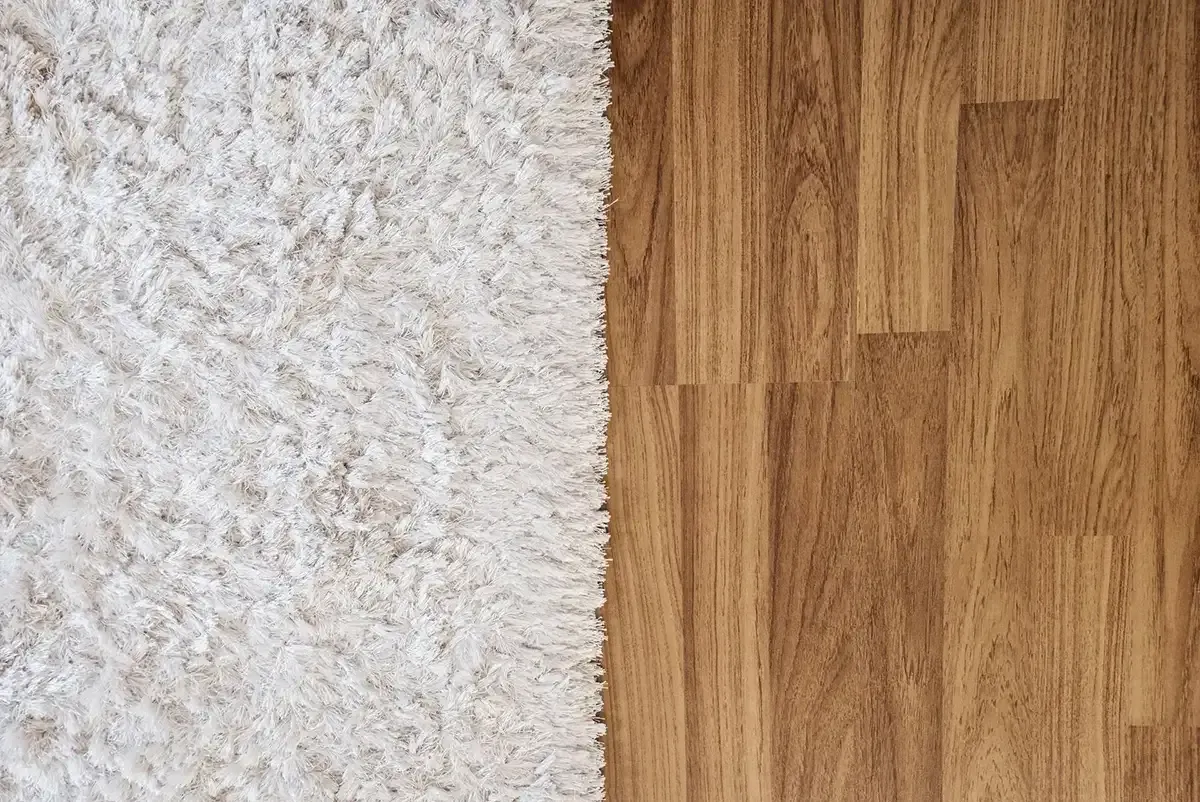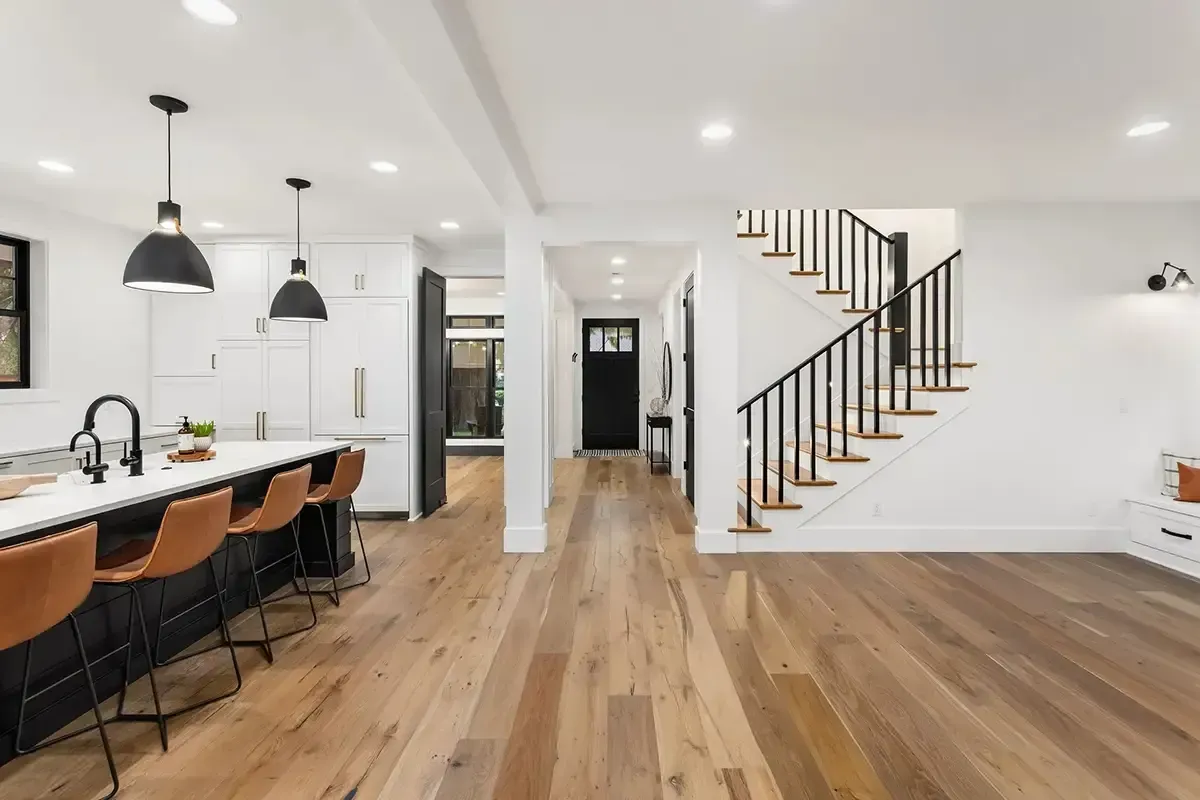How to Choose Vinyl Flooring for Your Bathroom
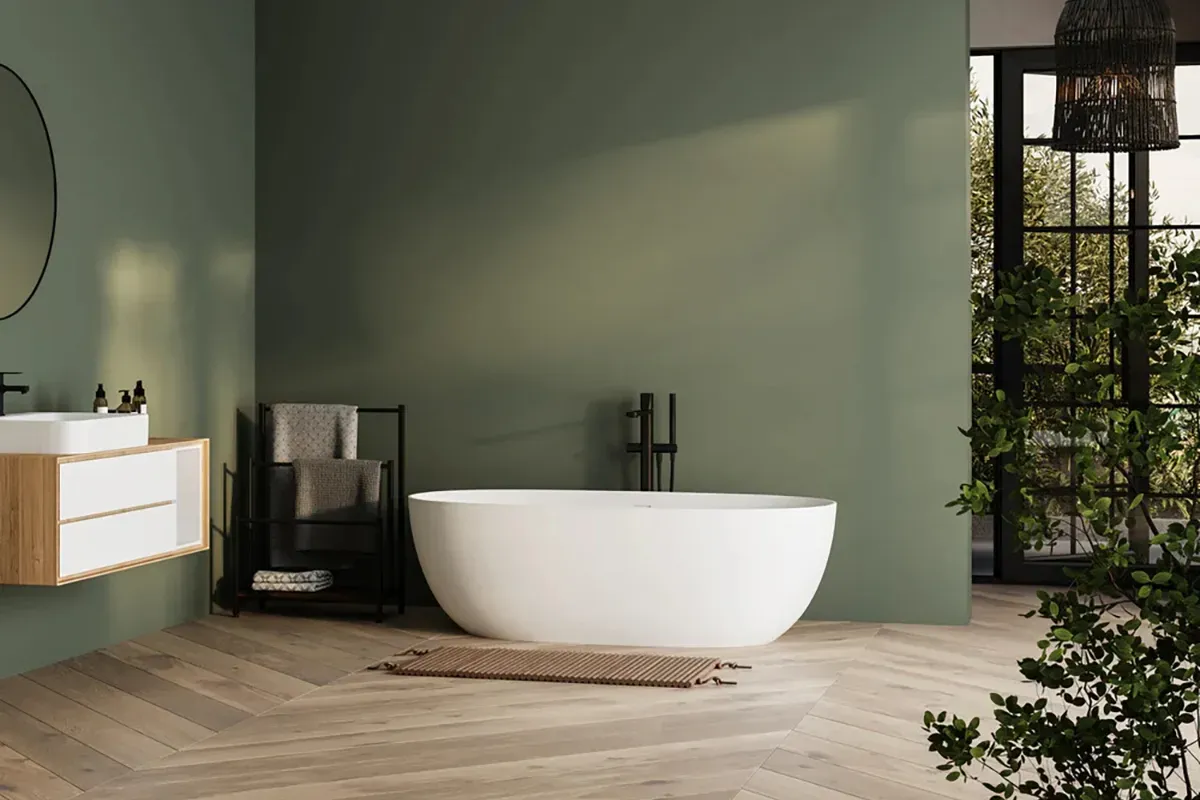
Vinyl flooring for bathrooms has become an increasingly popular alternative to tile and stone—offering the perfect combination of performance and design flexibility. Overall, vinyl is a great choice for homeowners who need something waterproof, durable, stylish, and easy to maintain.
With luxury vinyl plank (LVP) and luxury vinyl tile (LVT), you get the look of natural materials like hardwood or stone without the high cost or maintenance challenges. In this guide, we’ll explore why vinyl flooring for your bathroom is the ideal choice, the different types available, and how to select the best option for your home.
Types of Vinyl Flooring for Bathrooms
1. Luxury Vinyl Plank (LVP)
LVP offers the beauty of hardwood without the risk of water damage, making it an ideal choice for bathrooms. Constructed from multiple layers of PVC with a durable wear layer, it is designed to withstand moisture, spills, and high humidity. Mimicking natural wood grains and textures, LVP provides a realistic look with options like oak, walnut, and maple. Its waterproof core prevents warping, while its warm and comfortable feel underfoot adds to its appeal. For homeowners seeking a stylish, waterproof alternative to hardwood, LVP is a practical and durable solution.
2. Luxury Vinyl Tile (LVT)
LVT is designed to replicate the look of stone, marble, or ceramic tile while offering a warmer and more comfortable feel underfoot. Unlike traditional tile, it doesn’t require grout, making installation and maintenance much easier. With options that mimic natural stone, slate, concrete, or marble, LVT provides the elegant aesthetic of tile without the cold, hard surface. It is also stain-resistant and completely waterproof, making it an excellent choice for those who want the beauty of stone or tile with added comfort and practicality.
5 Key Benefits of Vinyl Bathroom Flooring
1. 100% Waterproof
Vinyl flooring is completely impervious to water, making it one of the best choices for bathrooms. Unlike wood, which can warp, or tile grout, which can trap moisture, vinyl is resistant to water damage.
2. Slip-Resistant Surface
Many LVP and LVT options come with textured surfaces, making them slip-resistant—a crucial factor in wet areas like bathrooms.
3. Durability & Scratch Resistance
Bathroom floors endure foot traffic, moisture, and occasional spills. Thanks to its protective wear layer, vinyl flooring is resistant to scratches, stains, and dents.
4. Warm & Comfortable Underfoot
Unlike cold ceramic tile, vinyl can retain warmth and offers a softer feel, making it more comfortable to stand on, especially during colder months.
5. Easy to Clean & Maintain
LVT is easy to clean and maintain, requiring only regular sweeping or vacuuming to remove dust and debris. A mild cleaner is sufficient for mopping, eliminating the need for harsh chemicals. To ensure its longevity, it's best to avoid excessive water puddles, keeping the flooring in optimal condition for years to come.
Popular Vinyl Flooring Styles for Bathrooms
1. Wood-Look Vinyl Planks
Want the charm of a spa-like wood floor in your bathroom without the risk of water damage? Wood-look LVP in oak, walnut, or hickory tones creates a natural and cozy feel.
2. Marble-Look Luxury Vinyl Tile
For a sophisticated, high-end bathroom aesthetic, consider LVT that mimics marble. Get the elegance of Carrara or Calacatta marble without worrying about porous surfaces or expensive upkeep.
3. Stone-Effect Vinyl
Slate and travertine-inspired LVT designs offer a timeless and organic feel, perfect for a modern or rustic bathroom.
4. Patterned & Herringbone Layouts
Vinyl flooring can be installed in herringbone, chevron, or intricate tile patterns, allowing homeowners to achieve a custom, high-end look.
Installation: Floating vs. Glue-Down Vinyl Flooring
Floating (Click-Lock) Vinyl Flooring
- Easy DIY installation
- Clicks together over a subfloor
- No adhesive required
Glue-Down Vinyl Flooring
- More secure, long-lasting installation
- Better for high-moisture bathrooms
- Requires adhesive application and more upfront costs
Which is Best for Bathrooms?
Both vinyl and tile are excellent bathroom flooring options, but glue-down vinyl is preferred for high-traffic or frequently wet bathrooms as it prevents moisture from seeping underneath. While tile is a classic choice, vinyl offers several advantages, including a warmer and softer feel underfoot, easier maintenance without the need for grout upkeep, and a more budget-friendly installation. Textured vinyl options provide slip resistance, and its scratch-resistant surface ensures durability. Additionally, vinyl is easier to install, making it a practical and cost-effective alternative to ceramic tile.
Cost of Vinyl Bathroom Flooring
- Luxury Vinyl Plank (LVP): $2.50 – $7 per sq. ft.
- Luxury Vinyl Tile (LVT): $3 – $8 per sq. ft.
- Installation Costs: $2 – $8 per sq. ft. (if professionally installed)
Pro Tip: Choosing a higher wear layer (20 mil or more) ensures better durability and longevity.
Final Thoughts: Is Vinyl Flooring Right for Your Bathroom?
If you're searching for a stylish, waterproof, and budget-friendly flooring option, vinyl is an excellent choice. Luxury Vinyl Plank (LVP) is ideal if you love the look of hardwood but need a moisture-resistant option, while Luxury Vinyl Tile (LVT) offers the elegance of tile or marble with a softer feel underfoot. For added safety in wet areas, textured options provide enhanced slip resistance.
At Rejuvenation Floor and Design, a leading flooring supplier and installer in Portland, Oregon, we offer high-quality
LVP and LVT flooring to help you achieve the perfect bathroom style. Contact us today to explore top-rated vinyl flooring options!

